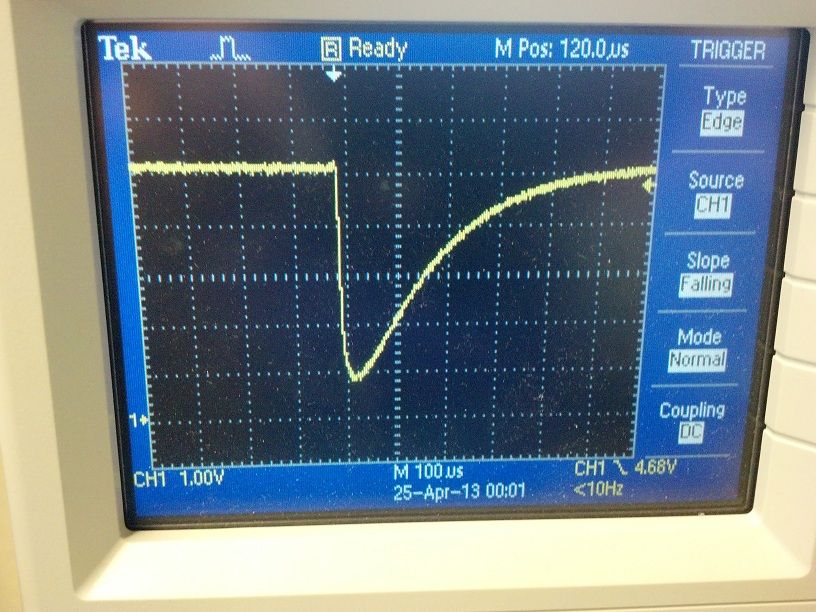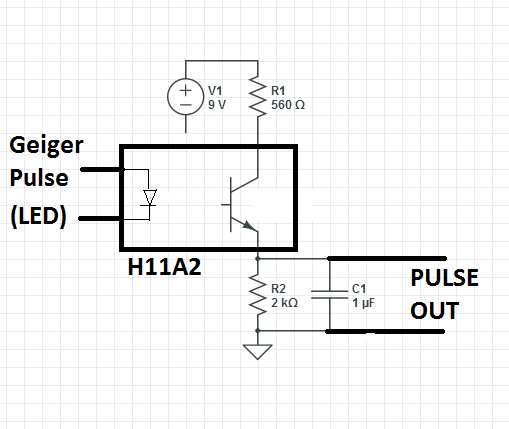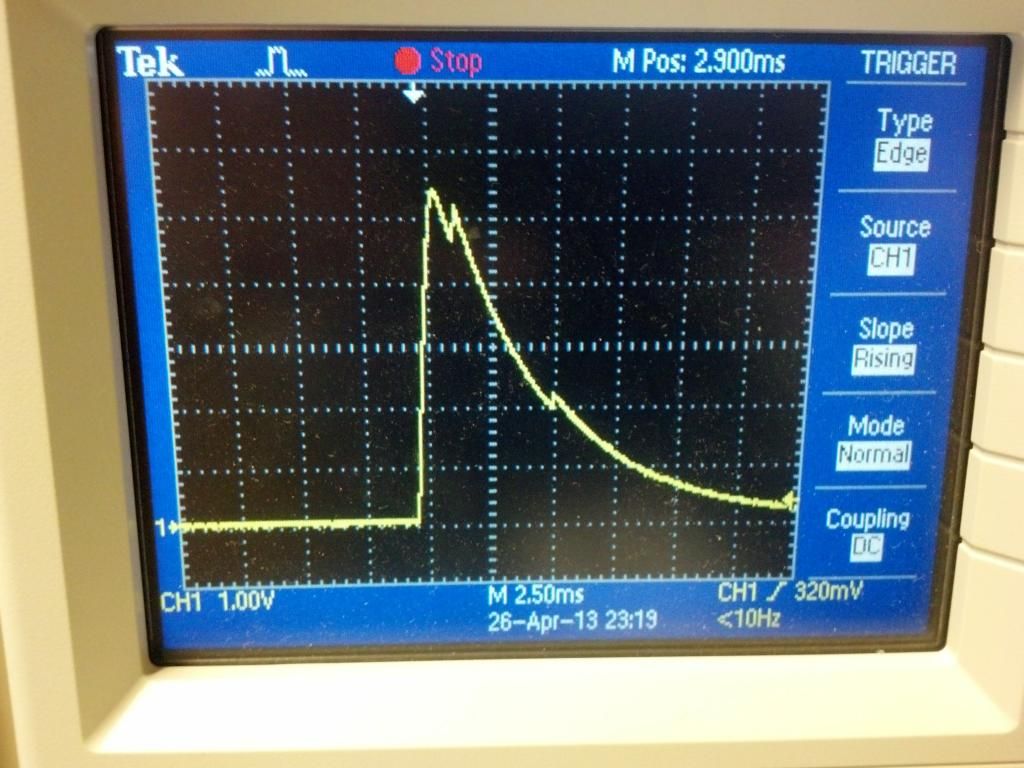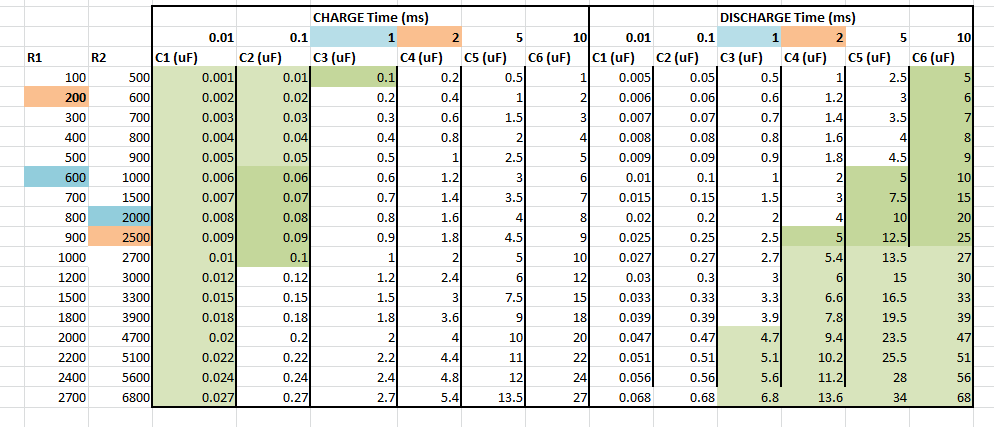Tried using the LED and light sensor with an RCX, slightly problematic. Using the NXT and the sound sensor, works much better. Also, more sample space with the NXT for long runs.
http://www.youtube.com/watch?v=lz_XZMQVYMI
The only thing left is to make a good 9V supply to plug it into. I had one I thought would work, but it was not robust enough, or had some other issue. So, using bench PS ran it all night to collect data. Hoping to see slight variation in day/night counts.
After the fact, I've seen many other similar implementations on the web.
Edit:
Here is a link to the actual circuit ;
http://www.eetimes.com/design/programma ... nter-count#
Here is a Labview vi that collects CPM based on sound sensor "ticks" . Note: environment has to be quiet while collecting data. This is a simple indirect way of collecting data, but not as good as a wired connection...still thinking about that...




